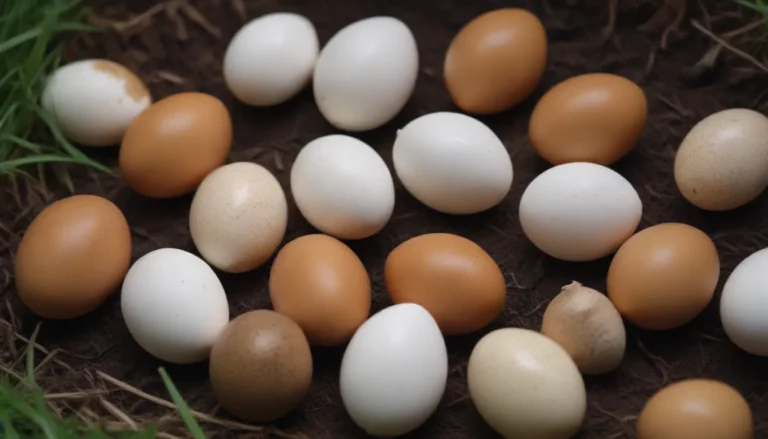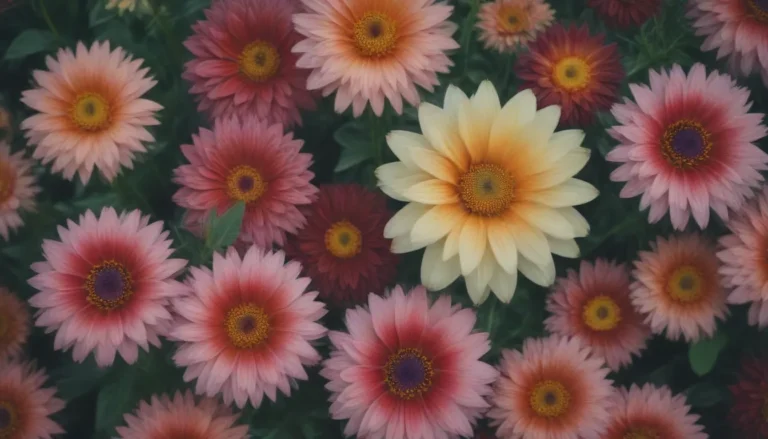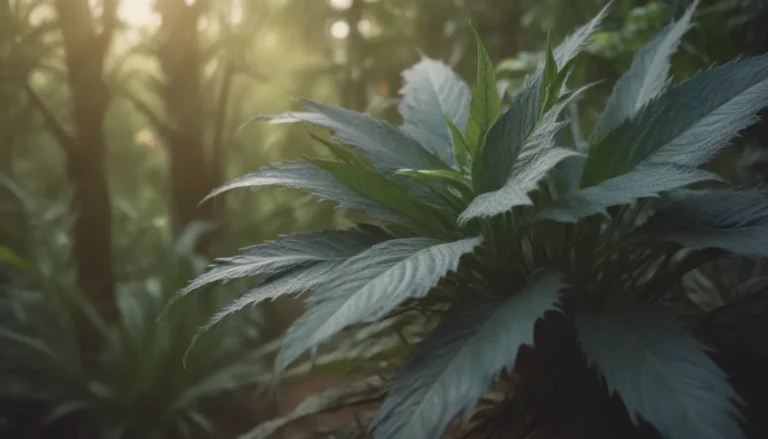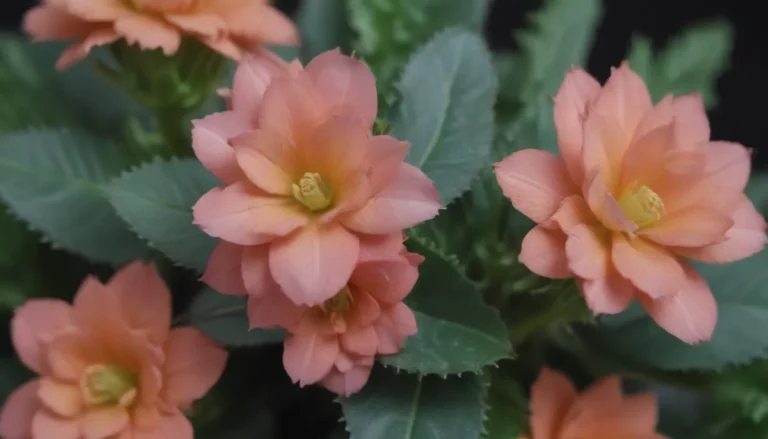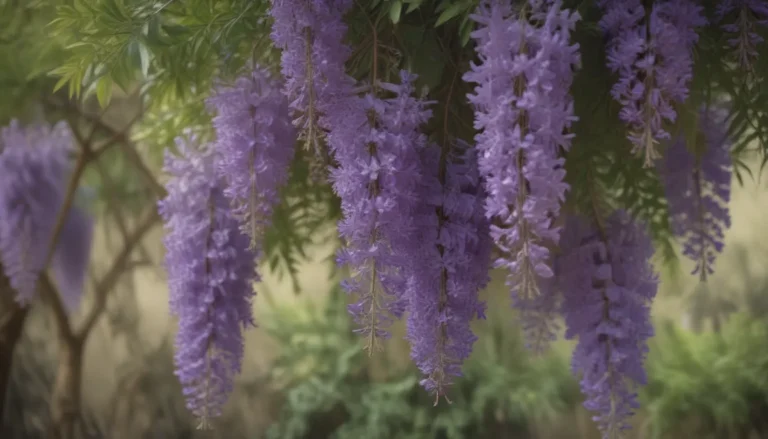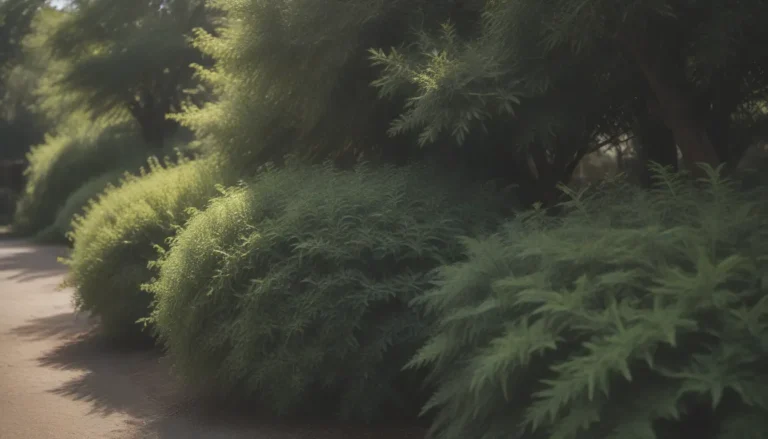Blue Rug Juniper: Your Complete Guide to Growing and Caring for This Versatile Groundcover
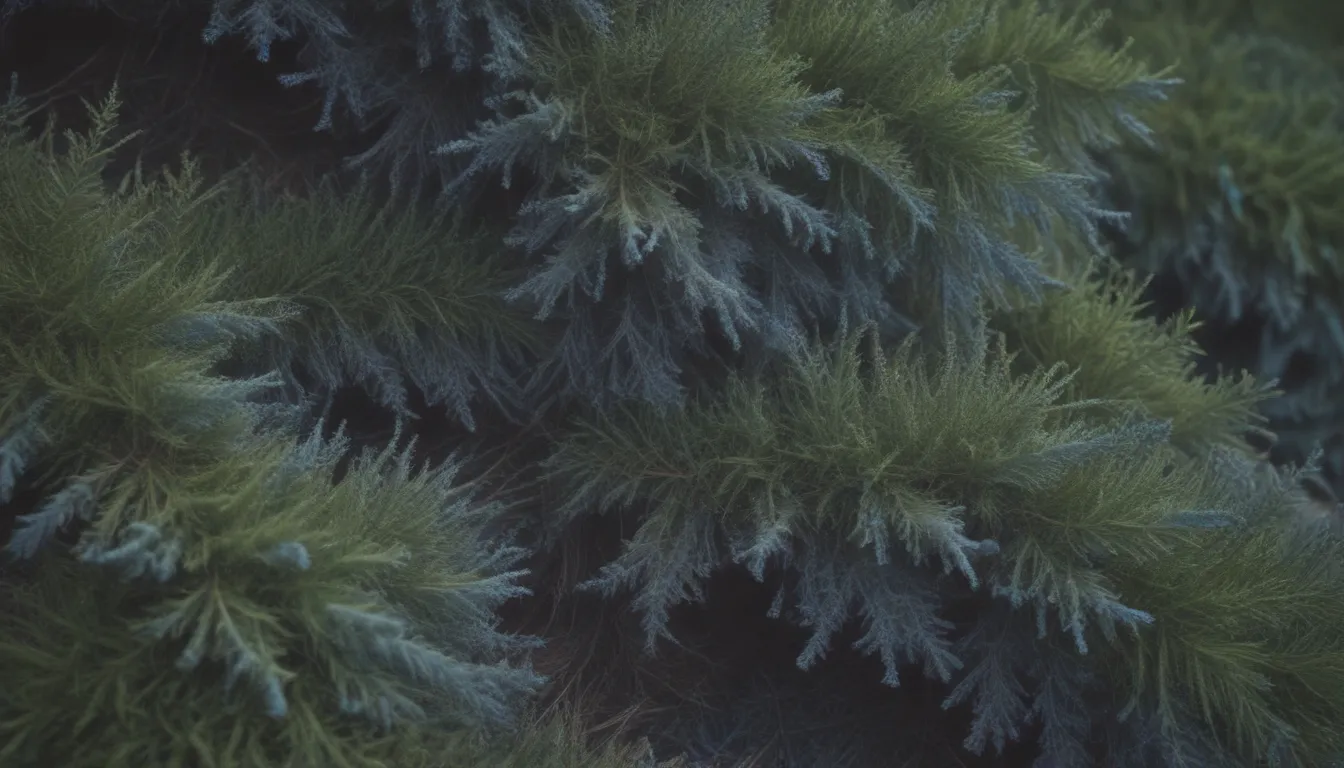
Blue rug juniper, scientifically known as Juniperus horizontalis ‘Wiltonii’, is a fantastic drought-tolerant groundcover plant that thrives in areas with excellent soil drainage. This hardy evergreen boasts striking silvery-blue foliage that can take on a purplish hue during the winter months, adding visual interest to any landscape. If you’re looking for a low-maintenance plant that can cover large areas with ease, blue rug juniper is the perfect choice.
Blue Rug Juniper Care: Tips and Tricks
Taking care of blue rug juniper is a breeze, making it an ideal choice for busy gardeners looking for a fuss-free plant. Here are some essential care tips to help your blue rug juniper thrive:
Plant Spacing and Mat Formation
- Space blue rug juniper plants four to six feet apart to allow them to form a dense mat that crowds out weeds.
- This mat provides four seasons of visual interest, making it both practical and visually appealing.
Watering and Shape Maintenance
- Mature blue rug juniper plants require occasional watering and shaping to keep them looking their best.
- Ensure that the plants have adequate airflow and drainage to prevent issues caused by overly damp environments.
Light Requirement
- Blue rug junipers thrive in full sun, but can tolerate some shade.
- Protect them from hot afternoon sun to prevent foliage burns, but don’t place them in too much shade as this can result in sparse foliage.
Soil Type and pH
- Blue rug juniper is tolerant of various soil types, but prefers dry, sandy soil with a pH range of 5.0 to 8.0.
- Excellent soil drainage is crucial for the health of this plant, making it suitable for rocky soil or areas with salt exposure.
Temperature, Humidity, and Fertilization
- Blue rug junipers can tolerate a wide range of temperatures and humidity levels.
- Plant them in cooler weather to establish strong root systems before hot, dry weather arrives.
- While fertilizer is typically not necessary, applying an organic fertilizer in the fall can give mature plants a boost.
Types of Creeping Juniper: Explore Your Options
In addition to blue rug juniper, there are several other varieties of Juniperus horizontalis, commonly known as creeping juniper. Here are some popular options to consider:
- ‘Bar Harbor’
- ‘Blue Forest’
- ‘Emerald Spreader’
- ‘Green Acres’
- ‘Monber’
Pruning Tips for Blue Rug Juniper
Blue rug juniper generally does not require pruning unless growth becomes unruly or parts of the plant are damaged. However, light pruning can help promote robust growth and maintain a compact shape. Here are some pruning tips for blue rug juniper:
- Trim the plant in late winter or early spring when the weather is dry.
- Remove any dead or damaged portions, and shape long branches by no more than a quarter of their length.
- Avoid pruning all the way to bare stems in the center of the plant, as this wood may be too old to produce new growth.
Propagating Blue Rug Juniper: From Stem Cuttings
You can propagate blue rug juniper from stem cuttings. Avoid propagation from seed, as this cultivar may produce plants that differ from the parent plant.
Overwintering and Common Pests
Blue rug juniper is well-adapted to cold winters, making it suitable for USDA cold hardiness zone 3. While this plant is generally resistant to pests and diseases, wet soil can lead to root rot and other issues. Keep an eye out for potential problems like tip and twig blight, which can occur in wet springs.
Common Problems and Maintenance Tips
As blue rug juniper matures, the centers of the plant may experience dieback, making it appear unsightly. However, this natural aging process is normal for this plant. It’s worth noting that blue rug juniper is not invasive and grows at a moderate pace of about six to 12 inches per year. While the texture of this juniper is finer and softer than other varieties, it’s advisable to wear gloves when handling it to avoid skin irritation.
With the right care and attention, blue rug juniper can thrive in your landscape, adding beauty and functionality to your outdoor space. Whether you’re looking for a low-maintenance groundcover or a visually striking plant for slopes and sunny areas, blue rug juniper is an excellent choice.
For more information on blue rug juniper and other creeping juniper varieties, be sure to consult reputable sources such as the Missouri Botanical Garden, the University of Georgia Extension, and the American Conifer Society. Happy gardening!
